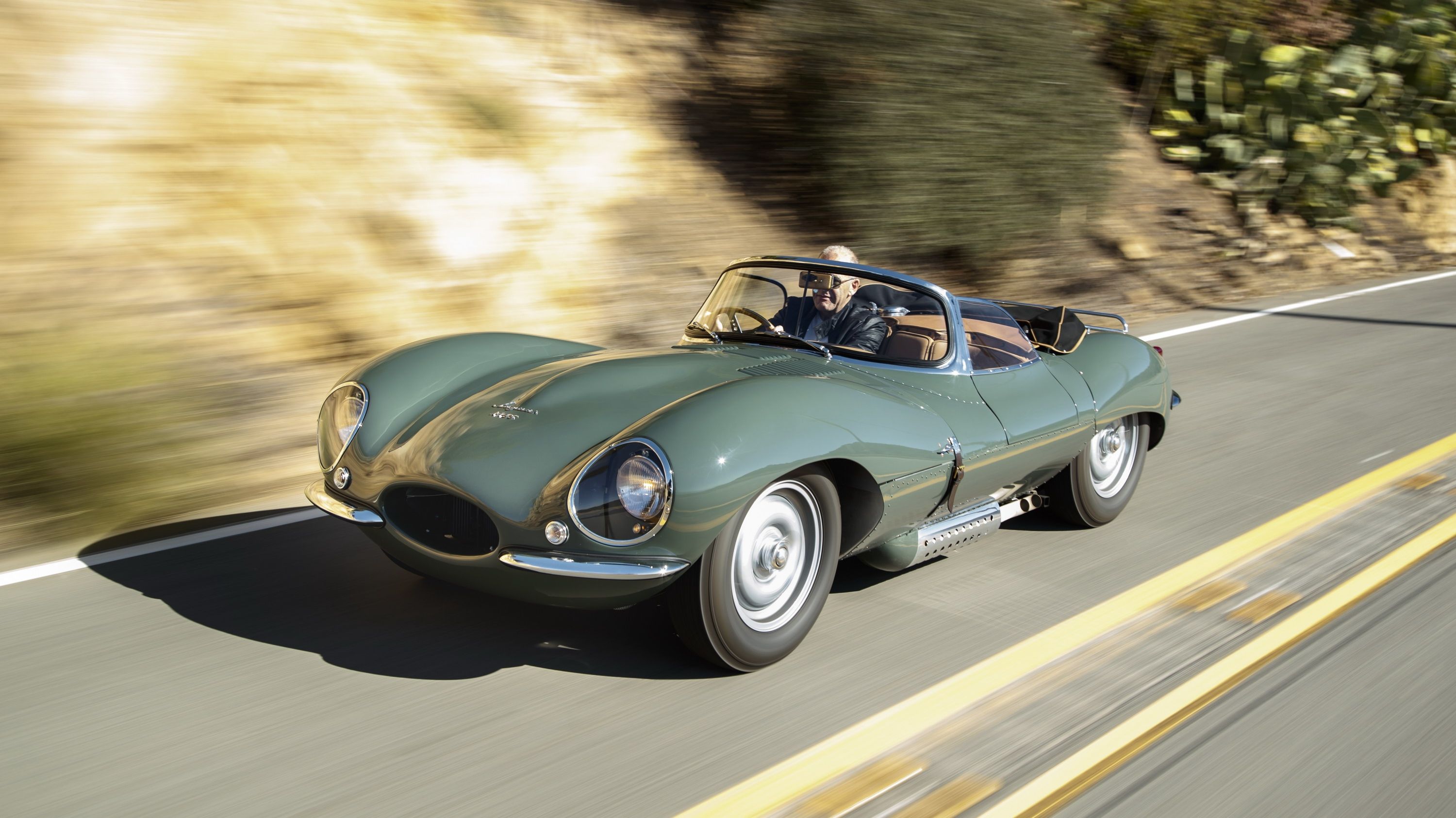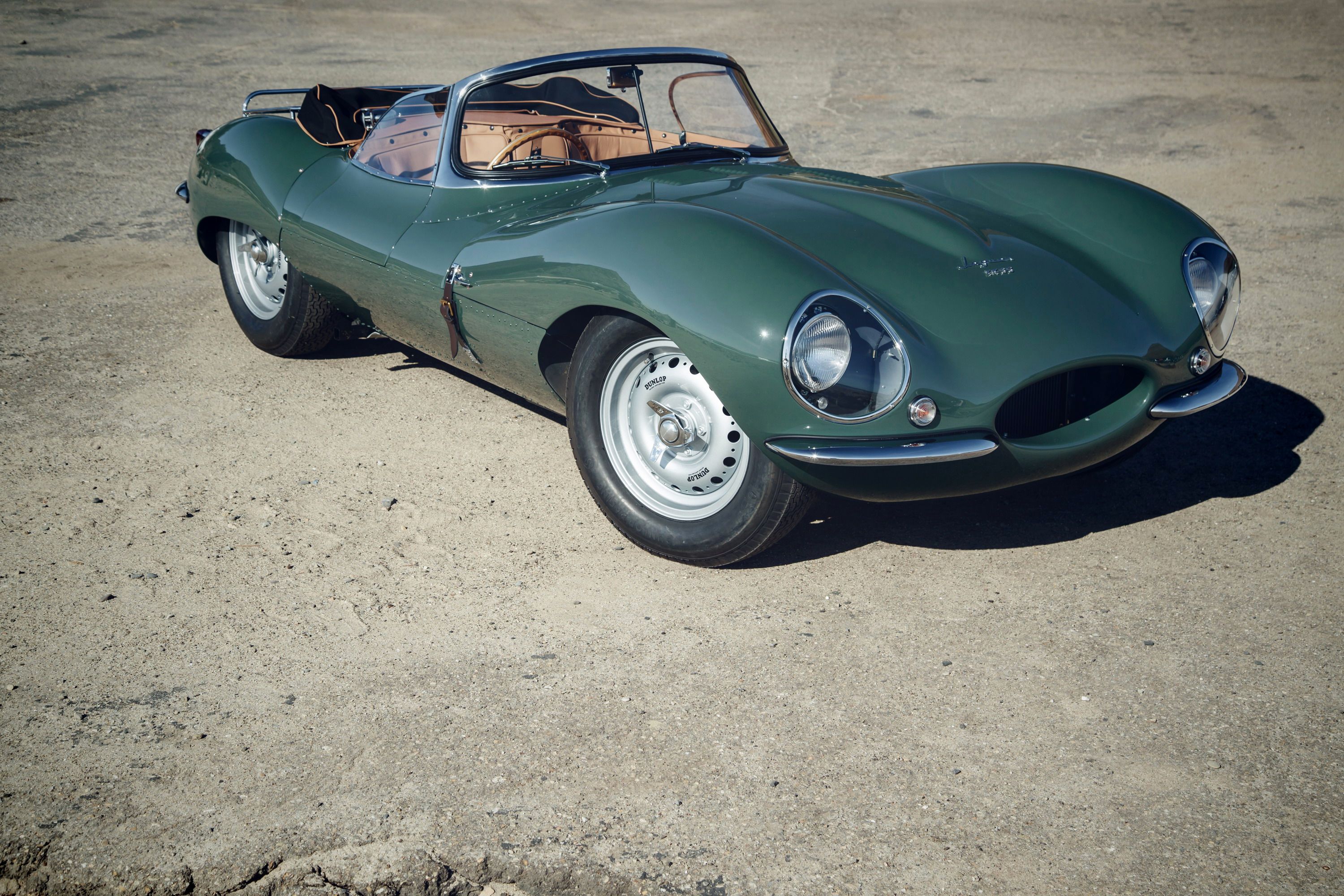In 2014, Jaguar and its Heritage division decided to build the remaining six chassis of the E-Type Lightweight sports car exactly 50 years after the final original example left the factory. The new-old cars were put together using numerous original parts and techniques, as well as modern technology for improved safety, and became an instant hit with collectors, despite the £1.2 million (around $1.5 million as of November 2016) sticker. As a result, Jaguar turned its attention to yet another classic sports car whose production came to an abrupt halt: the XK SS. And, the prototype that will be used as a blueprint for the continuation cars was just presented at the 2016 Los Angeles Auto Show.
Often referred to as the world's first supercar, the XK SS was originally produced in 1957 using chassis and components from the retired D-Type race car, which had won the 24 Hours of Le Mans three times in a row. Initial plans included a 25-unit production, but nine cars earmarked for export to North America were lost in a massive fire at Jaguar's factory, leaving only 16 examples on the road. Much like it did with the E-Type Lightweight, Jaguar plans to roll out the remaining nine cars in 2017.
All vehicles, which will look identical to the Sherwood Green prototype shown in L.A. (except for the paint of course) will be completely new and have period chassis numbers from the XK SS chassis log. The cars will cost "in excess of £1 million each." That's at least $1.25 million. Why the steep price you ask? Well, not only are these cars difficult to build, as the prototype required 18 months of intense work and research, but they're also highly desirable among collectors and will be sold to carefully selected customers who already own classic Jaguars. All told, the new XK SS won't be a dealership model and not everyone can buy one. And, despite the high sticker, the Brits will have no trouble selling all nine examples.
So how new is the "new" XK SS? Jaguar says that most components are true to the original car, including the magnesium alloy body, the bronze welded chassis frames, the four-wheel Dunlop disc brakes with a Plessey pump, and Dunlop tires with riveted two-piece magnesium alloy wheels. The engine will be the same 3.4-liter, six-cylinder, D-type unit rated at 262 horsepower, but it will feature completely new cast iron blocks, new cast cylinder heads and three Weber DC03 carburetors. On the other hand, because the original styling bucks do not exist, Jaguar Classic produced a new, bespoke styling buck based on the original bodies from the 1950s.
Inside, the XK SS will get perfect recreations of the original Smiths gauges, the wood-rimmed steering wheel, grain of the leather seats, and brass knobs on the dashboard. However, minor specification changes have been made in order to improve driver and passenger safety. The fuel cell, for example, uses modern materials to support throughput of modern fuels. Jaguar will probably give customers a few exterior color options based on its 1950s palette, including the iconic British Racing Green.
Continue reading for the full story.
Why it matters
The Jaguar XK SS is one of the most iconic sports cars ever built, and Jaguars decision to produce the nine examples that never made it out of the factory back in 1957 is great news for collectors. With only 16 units on the road, the XK SS has become increasingly valuable and sought after, with only a handful of lucky collectors managing to purchase one in recent decades. The continuation cars will definitely make a few deep-pocketed Jaguar enthusiasts happy. Needless to say, I wouldn't mind being able to afford the same car that Steve McQueen drove on the streets of Los Angeles.
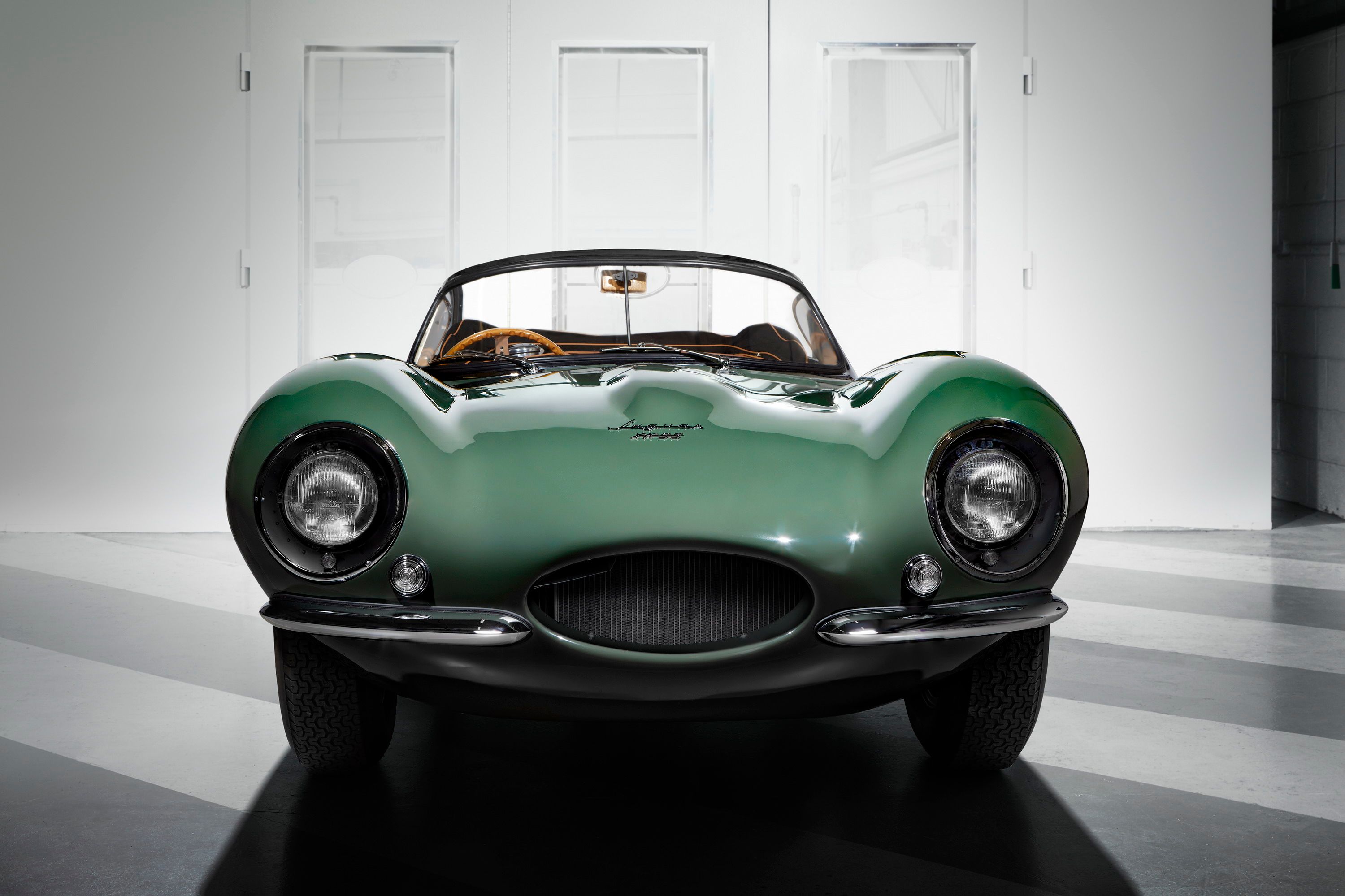
|
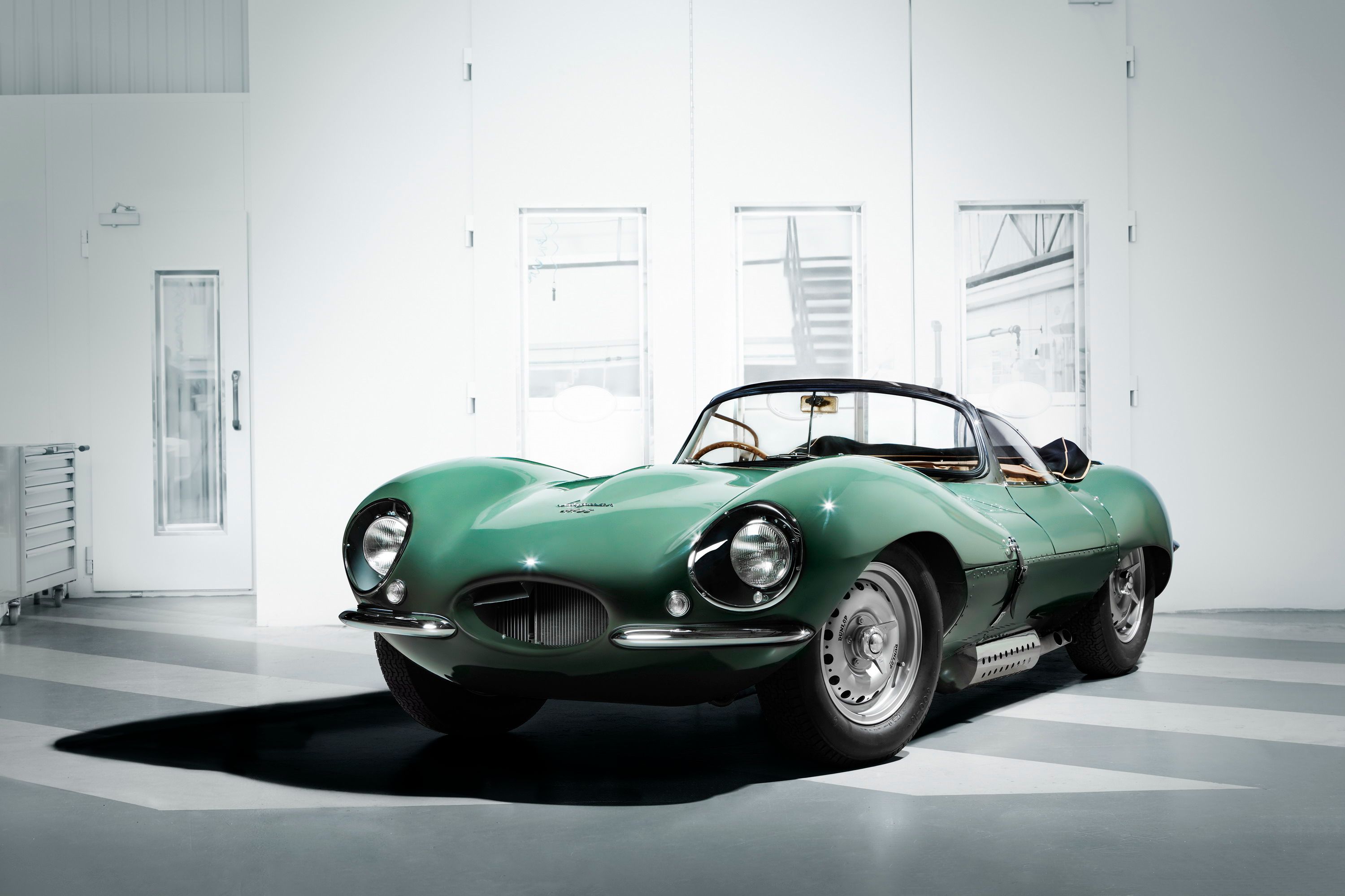
|
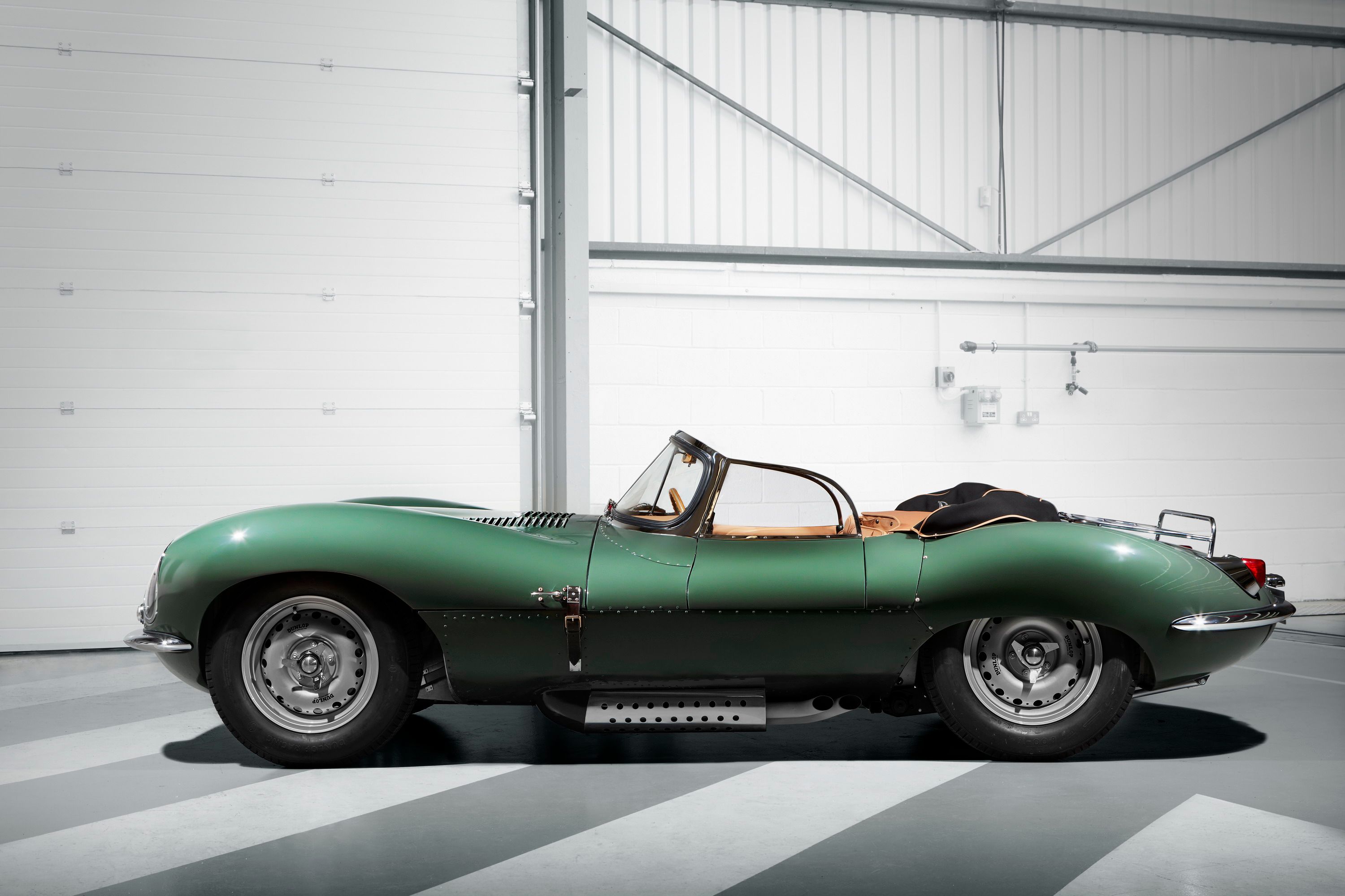
|
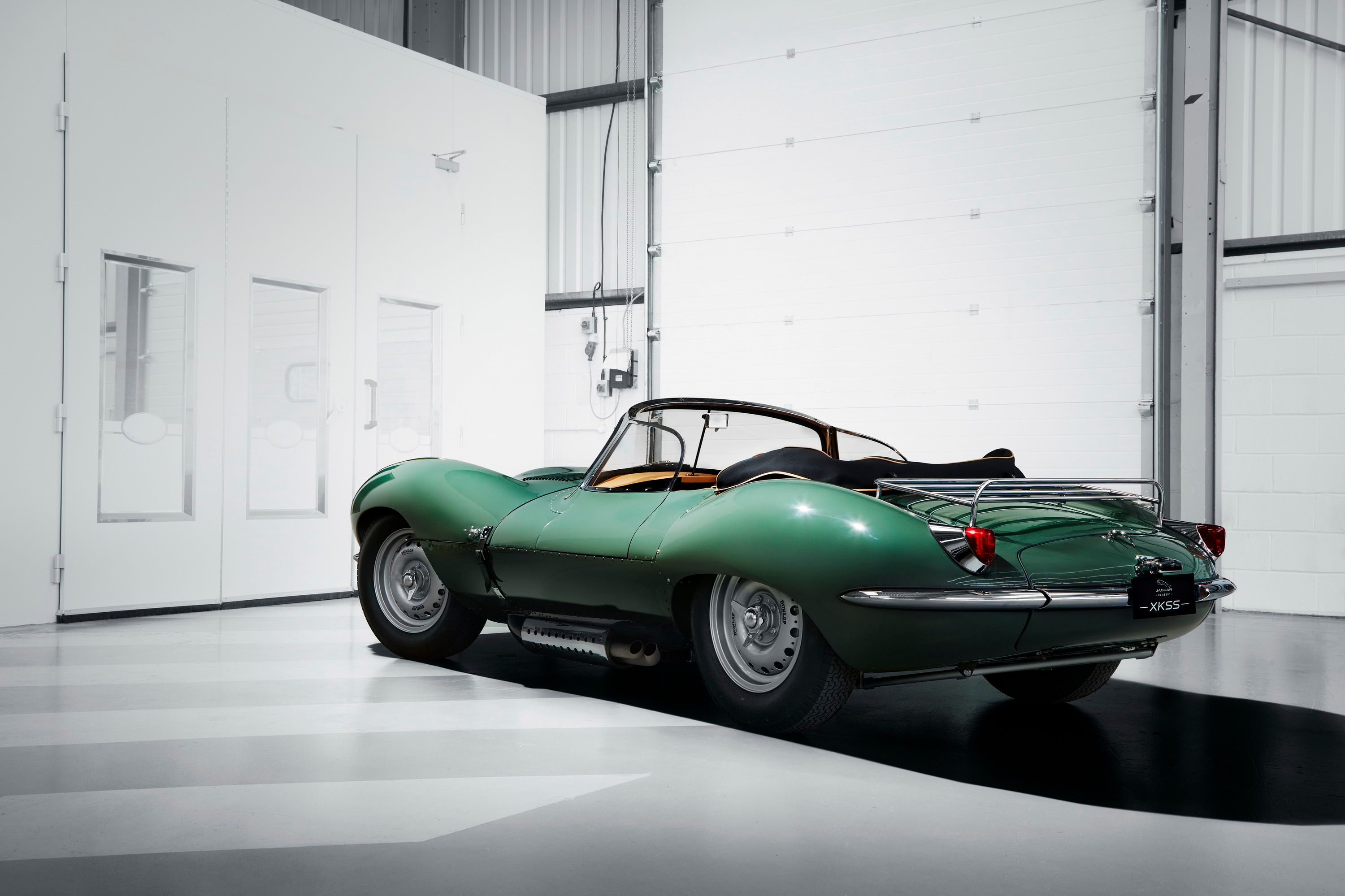
|
|

